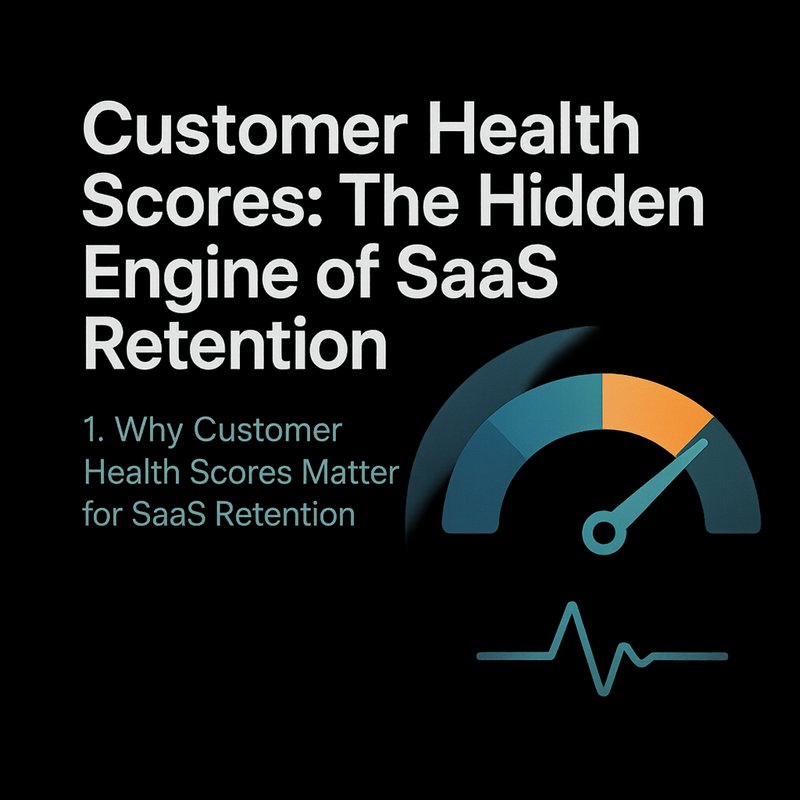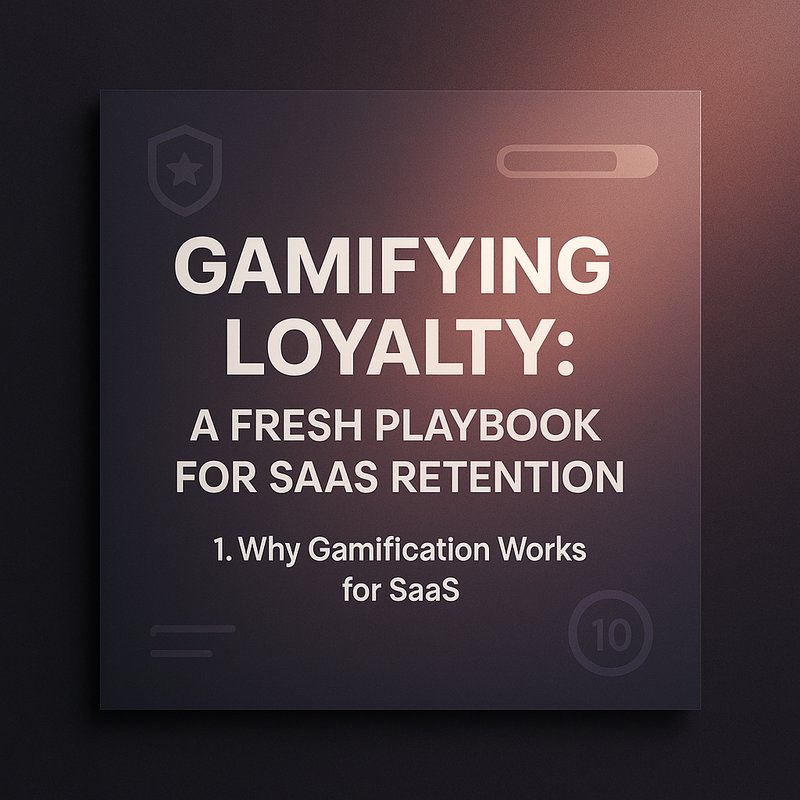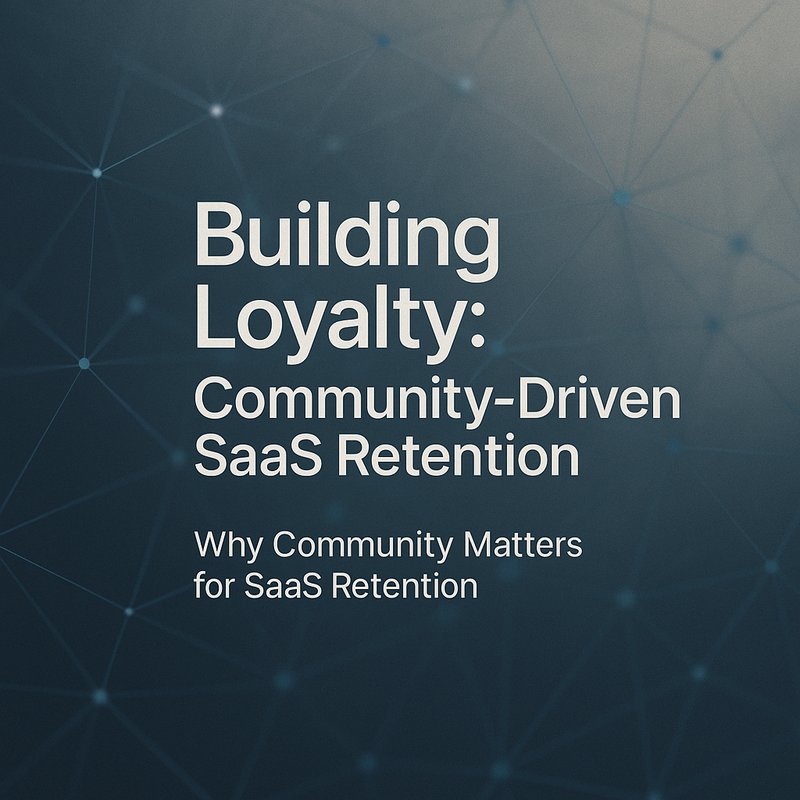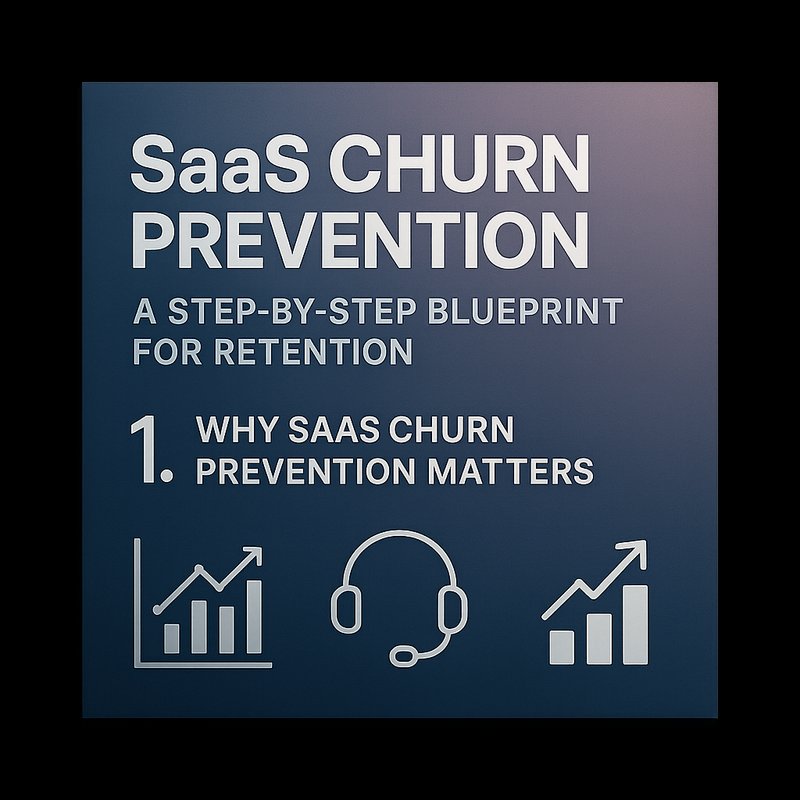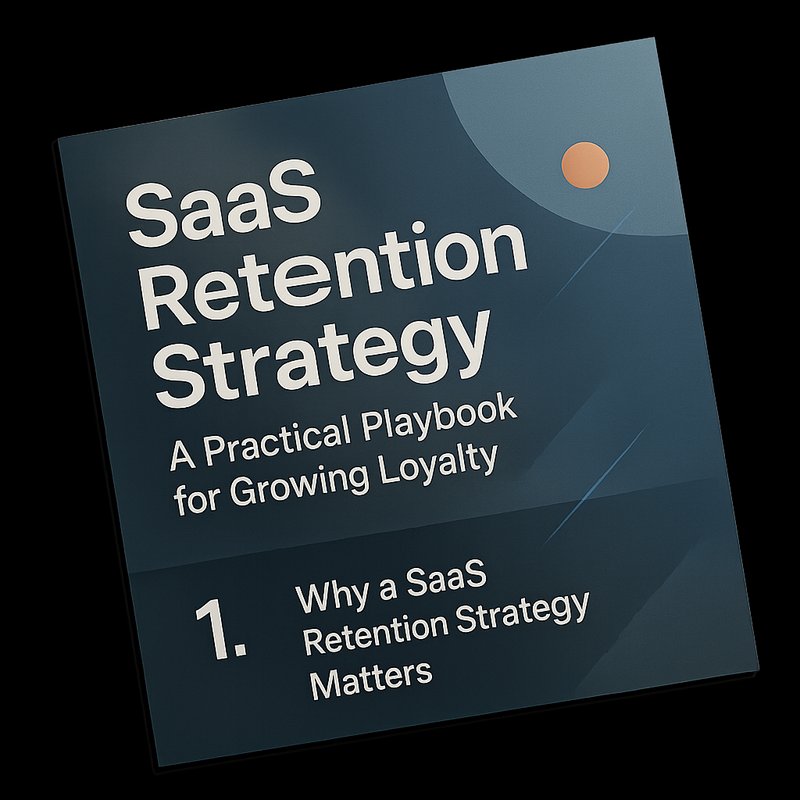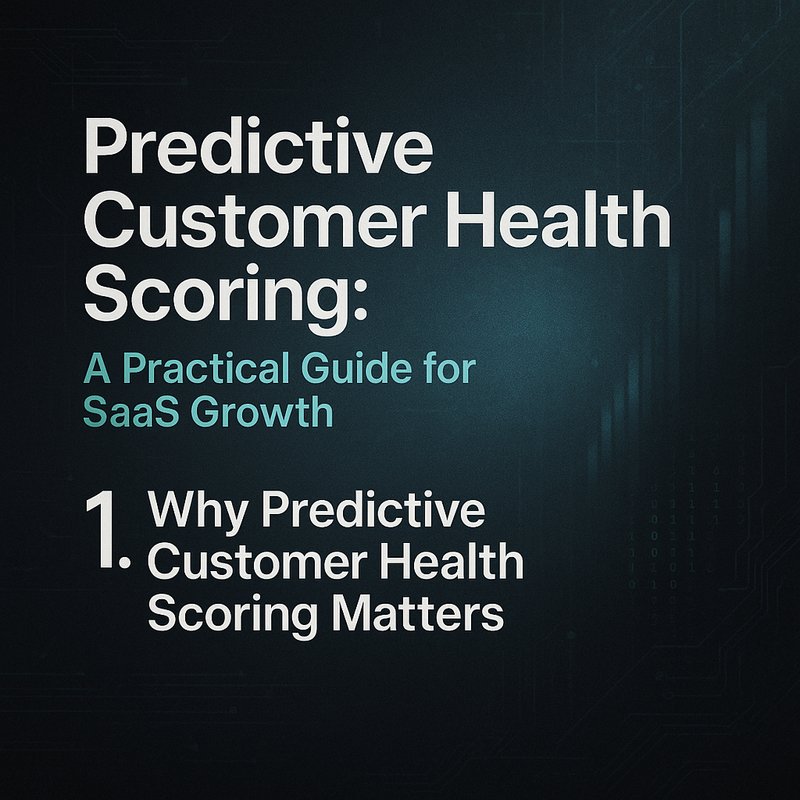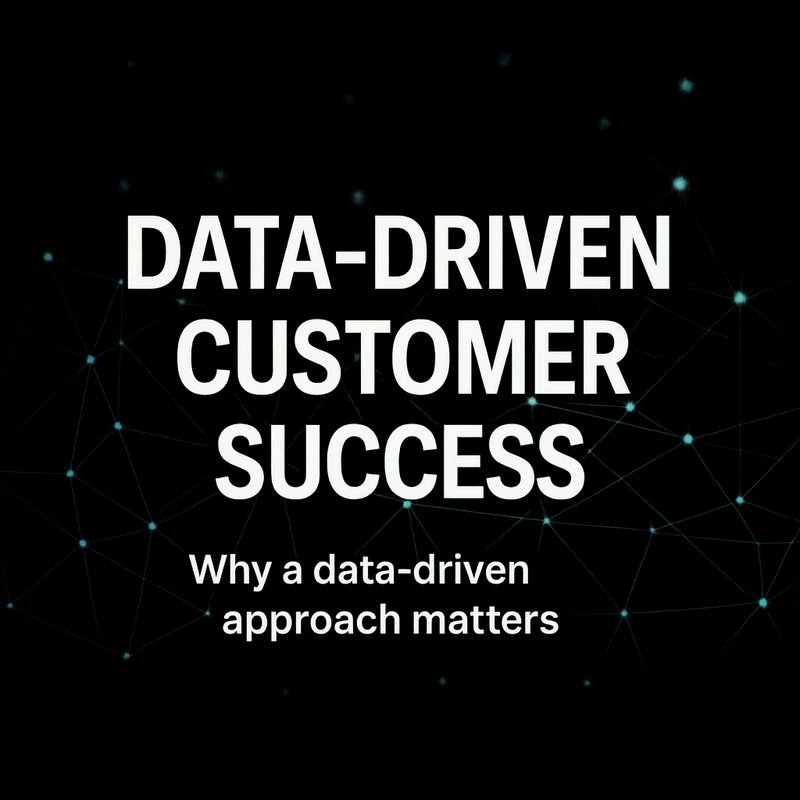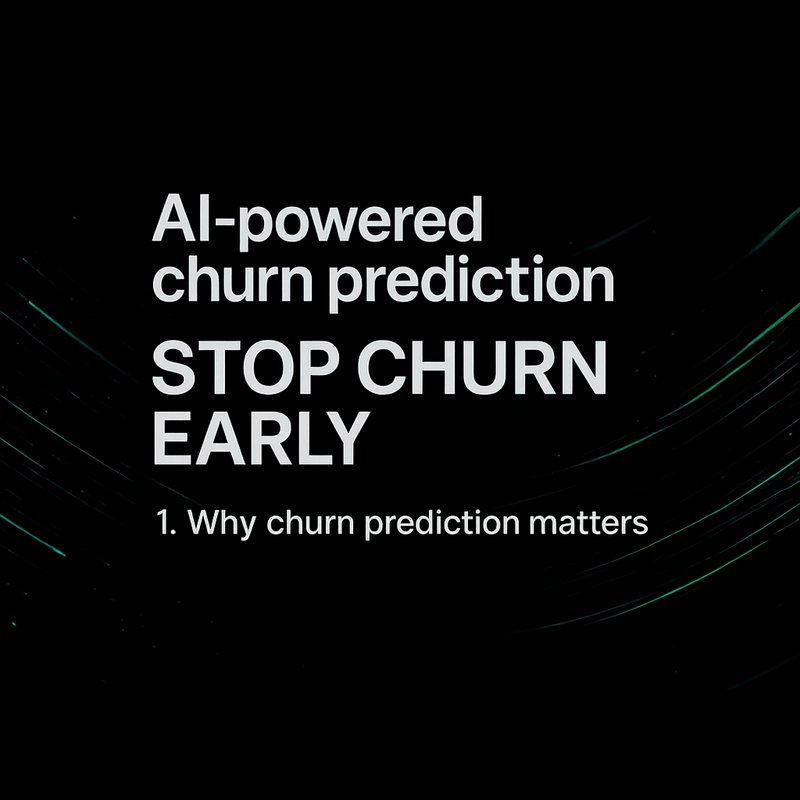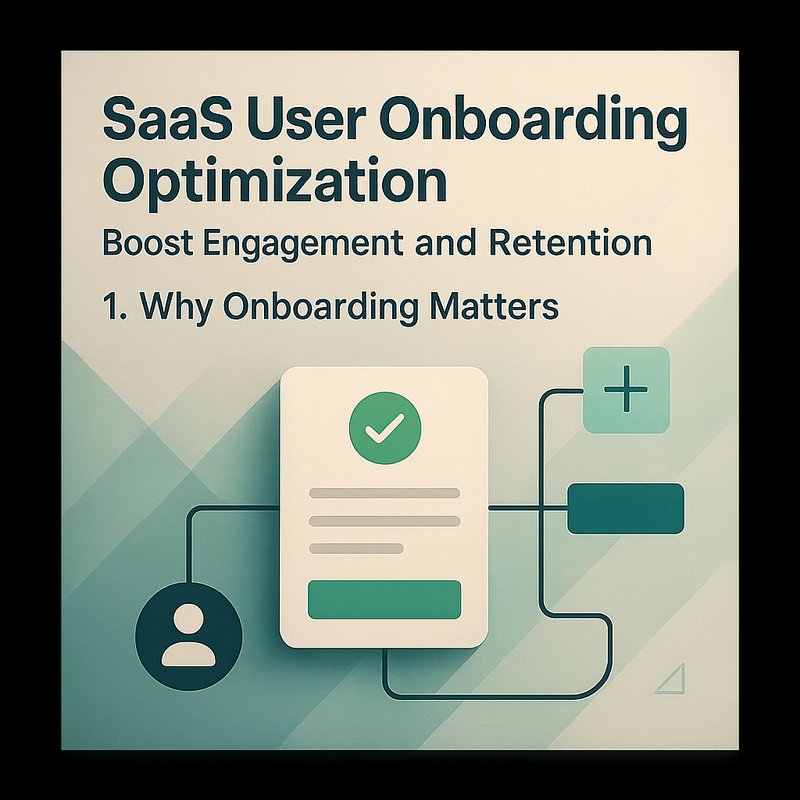SaaS retention is the lifeblood of any subscription business. If you can spot a customer on the brink of leaving before they hit churn button, you can intervene, win them back, and keep the revenue flowing. One of the most powerful tools for doing that is the customer health score. In this guide we’ll walk through what a health score is, why it matters for SaaS retention, how to build one from scratch, and how to turn it into a real‑time retention engine. By the end you’ll have a playbook you can start using today.
1. Why Customer Health Scores Matter for SaaS Retention
A customer health score is a single number that represents how likely a user is to stay or leave. Think of it as a health checkup for each account. It pulls together usage data, support interactions, payment status, and more into one metric that tells you, at a glance, who needs attention.
- Early warning – Spot a dip in usage before the churn rate spikes.
- Prioritization – Focus your limited resources on the accounts that matter most.
- Personalized outreach – Tailor emails, calls, or in‑app messages based on the score.
- Data‑driven strategy – Measure the impact of retention initiatives over time.
Without a health score, you’re guessing. With one, you’re acting on data.
2. Building a Health Score from the Ground Up
2.1 Identify the Key Signals
Start by listing the data points that best predict churn. Common signals include:
| Signal | Why It Matters | Typical Weight |
|---|---|---|
| Login frequency | Low logins often precede churn | 20% |
| Feature usage depth | Engaged users stay longer | 15% |
| Support tickets | High ticket volume can signal frustration | 10% |
| Payment status | Late payments are a red flag | 15% |
| NPS or CSAT | Direct feedback on satisfaction | 10% |
| Time in product | New users may need more support | 10% |
| Referral activity | Advocates are loyal | 10% |
You can adjust weights based on your product and customer base. The goal is to create a balanced view that reflects both behavior and sentiment.
2.2 Gather the Data
Pull data from your analytics stack (Mixpanel, Amplitude, or a custom data warehouse). Make sure you have:
- Event logs – Logins, feature clicks, API calls.
- **Support tickets – From Zendesk, Intercom, or your own system.
- Billing data – From Stripe, Chargebee, or your payment processor.
- Survey responses – NPS, CSAT, or custom feedback forms.
If you’re already using Neura ACE for content automation, you can extend it to pull these data points and feed them into a scoring engine.
2.3 Normalize and Score
Normalize each signal to a 0‑100 scale. For example, if the average login frequency is 5 times a week, a user logging in 2 times a week might score 40 on that dimension. Then multiply by the weight and sum across all signals.
Health Score = Σ (Signal Value × Weight)
The result is a score between 0 and 100. Higher scores mean healthier accounts.
2.4 Set Thresholds
Define what each score range means:
- 90‑100 – Champion: Highly engaged, low risk.
- 70‑89 – Healthy: Good engagement, low risk.
- 50‑69 – At‑Risk: Needs attention.
- 0‑49 – Critical: High risk of churn.
These thresholds can be tweaked as you gather more data.
3. Turning the Score into Action
3.1 Real‑Time Alerts
Set up alerts that fire when a score drops below a threshold. Use email, Slack, or in‑app notifications to notify the account manager or support team. The alert should include:
- Current score
- Key contributing factors
- Suggested next steps
3.2 Automated Outreach
Create automated email or in‑app flows that trigger based on score ranges. For example:

- At‑Risk – Send a “We’re Here to Help” email with a link to a quick tutorial.
- Critical – Trigger a phone call from the support team and offer a discount or a free feature add‑on.
Automation keeps the response time short and consistent.
3.3 Dashboard Visibility
Embed a health score widget in your product’s admin panel. Let customers see their own score and the actions they can take to improve it. Transparency builds trust and encourages self‑service.
3.4 Integrate with Renewal Workflows
Use the score to personalize renewal emails. A high‑score customer might receive a “Thank You” note and a loyalty discount, while a low‑score customer gets a “We’d Love to Hear Your Feedback” message.
4. Case Study: A SaaS Company That Cut Churn by 18%
A project‑management SaaS implemented a health‑score system in Q1 2025. They pulled data from Mixpanel, Intercom, and Stripe, and built a scoring model with the weights listed above. After launching automated outreach for at‑risk accounts, they saw:
- Churn drop – From 14% to 12% in three months.
- Renewal rate – Increased by 5%.
- Support tickets – Reduced by 20% because proactive outreach resolved issues early.
The company credits the health‑score engine for turning reactive support into proactive retention.
5. Common Pitfalls and How to Avoid Them
| Pitfall | Fix |
|---|---|
| Over‑weighting one signal | Test different weightings and validate against churn data. |
| Static thresholds | Re‑evaluate thresholds quarterly as product usage evolves. |
| Ignoring qualitative data | Combine survey responses with quantitative signals. |
| Delayed alerts | Use real‑time data pipelines; avoid batch processing. |
| One‑size‑fits‑all outreach | Segment outreach by customer tier or industry. |
6. Measuring Success
Track these metrics to gauge the health‑score program:
- Score distribution – How many accounts fall into each range.
- Score change over time – Are scores improving after interventions?
- Churn rate by score – Validate that low scores correlate with higher churn.
- Revenue impact – Measure incremental ARR from retained accounts.
Use a BI tool like Google Data Studio or Metabase to create a live dashboard. Add alerts for sudden score drops.
7. Integrating with Existing Tools
If you’re already using Neura ACE, you can:
- Pull event data from your analytics stack.
- Use the built‑in workflow engine to calculate scores.
- Push alerts to Slack or email via Neura’s connectors.
For teams that prefer no‑code, Zapier or Integromat can tie event triggers to score updates. Just make sure the data flow is real‑time.
8. Quick Implementation Checklist
| Step | Action | Link |
|---|---|---|
| 1 | List key signals | N/A |
| 2 | Pull data from analytics | https://meetneura.ai |
| 3 | Build scoring model | https://meetneura.ai/products |
| 4 | Set thresholds | https://meetneura.ai/#leadership |
| 5 | Create alerts | https://blog.meetneura.ai/#case-studies |
| 6 | Automate outreach | https://meetneura.ai |
| 7 | Build dashboard widget | https://meetneura.ai |
| 8 | Measure and iterate | https://blog.meetneura.ai/#case-studies |
9. Final Thoughts
SaaS retention isn’t a mystery; it’s a data problem A well‑crafted customer health score gives you a clear, actionable of where each account stands. By turning that score into real‑time alerts and automated outreach, you can catch churn before it happens, keep your revenue steady, and build a loyal customer base. Start building your health‑score engine today and watch your retention numbers climb.
